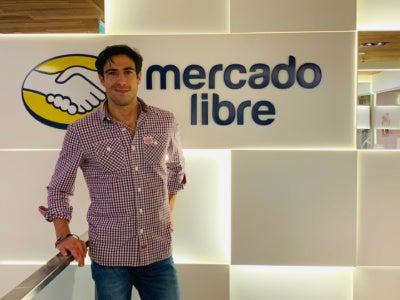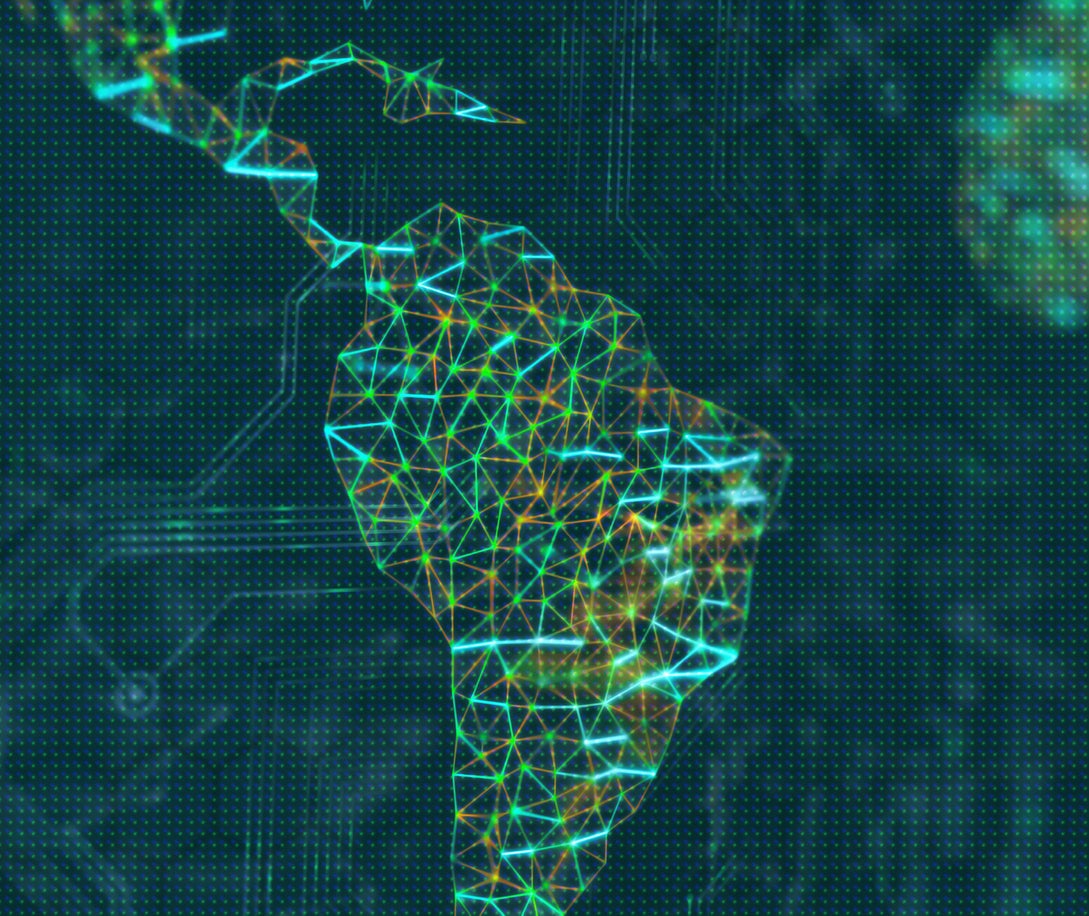From college textbooks to holiday must-haves, ecommerce has transformed shopping patterns in the United States. Does the global nature of the internet mean it has done the same everywhere else? Not quite—at least, not quite yet.
That’s because being able to shop online often depends on offline factors, from the bank account needed to purchase an item to the transportation network needed to ship it. 2019 First Mover Fellow Federico Sandler knows this well: He’s the Investor Relations Officer at Mercado Libre, which hosts the largest online commerce and payments ecosystems in Latin America. We spoke with Federico about why the Latin American ecommerce market is taking off, and where he sees the opportunities for weaving social and environmental impact in this growth market.

When you compare Latin America to the United States, what are the biggest differences that jump out as far as the ecommerce market?
I would say that the biggest difference that jumps out is that in Latin America, we are currently where ecommerce was in the US about 10-15 years ago. More specifically, when you look at ecommerce penetration (as a percentage relative to total retail sales), in Latin America it is still in the mid-single digits, while in the US has grown consistently from the mid-single digits to the mid-teens.
Ecommerce has evolved significantly in the US, but also in Europe and in Asia, where we observe people not only increasingly buying consumer electronics & apparel online from mobile devices, but also moving into categories that are purchased with greater frequency such as fast-moving consumer goods and even fresh produce. That is still not occurring at scale in Latin America. This is, in part, due to the quality of logistics networks. The US has better logistics infrastructure across the country as well as multiple distribution centers close to large metropolitan areas to deliver quickly to their buyers. Also, our US ecommerce counterparts have made significant inroads in building scalable and efficient logistics networks. We are not there yet in Latin America, but the gap is closing as new innovative technologies (including our company’s) merge with the existing logistics value chain allowing for better delivery times at more competitive costs.
Another big difference I observe is that a great percentage of the population in the US have access to a bank account (approximately 85%), which is often necessary to easily shop online. In contrast, in Latin America, 50% of the population is unbanked or underbanked. However, growing smartphone penetration and fintech businesses like ours have expanded digital financial inclusion at a low cost. That makes it easier for the unbanked and underbanked to buy online and we are seeing ecommerce accelerate across the region. Once you consider recent developments like this, there’s no reason to think that ecommerce in Latin America won’t be where the US or Asia is over the next decade.

You work in Investor Relations for one of Latin America’s most significant ecommerce sites. In that role, what are the most significant opportunities you see to promote sustainability?
Over my tenure as an for the past four years and a half, I have seen that institutional investors are increasingly excluding companies from their invest-able universe if they do not include a robust Environmental, Social and Governance (ESG) program in their business practices that is measurable and easily available. As such, investors demands are going beyond deploying capital only in companies that are market leaders or are financially sound and profitable only for their shareholders. Now they also look for companies who accurately disclose, measure, and report their ESG initiatives and how they impact all their stakeholders and the environment where they operate.
Currently, very few publicly traded companies in Latin America have integrated financials with their sustainability report. So I see an opportunity to integrate financials and ESG metrics as another differentiating factor for potential investors in our business versus other regional players. More importantly still, doing so might drive other companies to follow suit in being more ESG conscious in the region given the market leadership position and brand awareness Mercado Libre has across multiple value chains.
On a personal level, how are you hoping that the First Movers Fellowship will help you to pursue those opportunities for sustainability?
I am hoping to leverage the powerful connections the Aspen Institute offers for best practice and knowledge sharing across different areas in my company. There are Fellows in my class whose companies already have an integrated sustainability report for example, and I am looking forward to tapping that knowledge for my own project.
I am also leveraging the connections the Institute offers for other team members within my company. For example, I have identified two of my fellow classmates who have contacts who are subject matter experts in diversity and inclusion, and I will be making connections with those people thanks to the Aspen Institute and the close ties I have begun to build with my fellow classmates.
I am also looking to share with my colleagues many of the techniques that are taught over the First Movers seminars—skills like storytelling, problem reframing, and taking time for reflection. I have personally started to focus on meditation for example. It really struck me during the first seminar how powerful the tools we cover during the seminars are for sparking a sustainability mindset across the organization.

